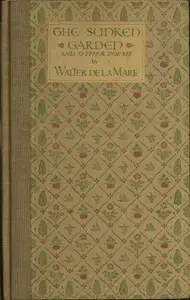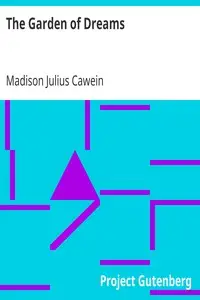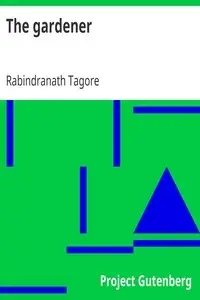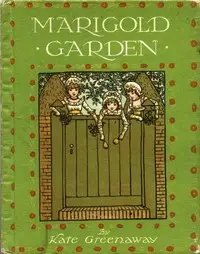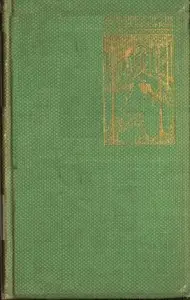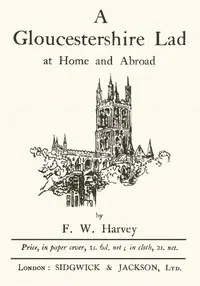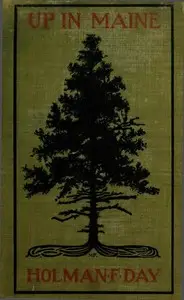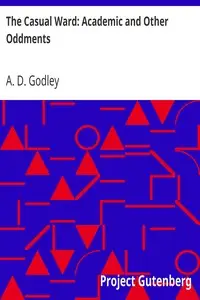"In the Great Steep's Garden" by Elizabeth Madox Roberts is a series of poems from the early 1900s that honors the scenic wonder and soul connections in the high country view, using themes of devotion, wildness, and storytelling. With brilliant pictures and poetic words, Roberts shows the heart of the garden view as a symbol of the great feelings nature brings. These poems spark a feeling of wonder and respect for our natural world, gaining inspiration from the plants and creatures of the steep hill. Every poem is full of emotions, looking at bonds between human feelings and our surroundings. Roberts makes a colorful mix of dreams and feelings using legendary people and nature itself, asking people to join in the deep magic found in the Great Steep's Garden. The poems praise the beauty of certain flowers and terrains and think about the real point of life and feeling the magic of going hand-in-hand with the environment.
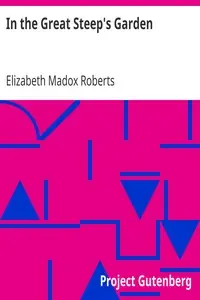
In the Great Steep's Garden
By Elizabeth Madox Roberts
Enter a world where love, nature, and myths come alive through vibrant verses, revealing the hidden magic within a garden's embrace.
Summary
About the AuthorElizabeth Madox Roberts was a Kentucky novelist and poet, primarily known for her novels and stories set in central Kentucky's Washington County, including The Time of Man (1926), "My Heart and My Flesh," The Great Meadow (1930) and A Buried Treasure (1931). Her distinct, rhythmic prose characterizes all of her writings. Robert Penn Warren called "The Time of Man" a classic; the eminent Southern critic and Southern Review editor Lewis P. Simpson counted her among the half dozen major Southern renascence writers. Three book-length studies of her work, three collections of critical articles, a major conference on her 100th birthday, a collection of her unpublished poems, and a flourishing Roberts Society that generates 20-odd papers at its annual April conferences have yet to revive wide interest in her work.
Elizabeth Madox Roberts was a Kentucky novelist and poet, primarily known for her novels and stories set in central Kentucky's Washington County, including The Time of Man (1926), "My Heart and My Flesh," The Great Meadow (1930) and A Buried Treasure (1931). Her distinct, rhythmic prose characterizes all of her writings. Robert Penn Warren called "The Time of Man" a classic; the eminent Southern critic and Southern Review editor Lewis P. Simpson counted her among the half dozen major Southern renascence writers. Three book-length studies of her work, three collections of critical articles, a major conference on her 100th birthday, a collection of her unpublished poems, and a flourishing Roberts Society that generates 20-odd papers at its annual April conferences have yet to revive wide interest in her work.



